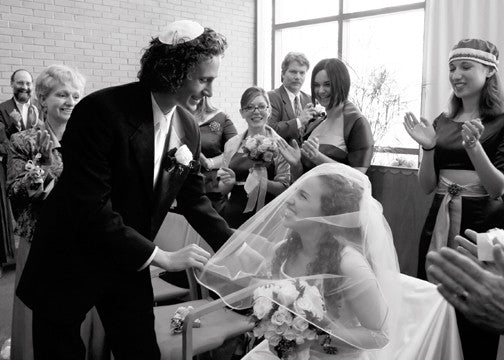Your Cart is Empty
Add description, images, menus and links to your mega menu
A column with no settings can be used as a spacer
Link to your collections, sales and even external links
Add up to five columns
-
Add description, images, menus and links to your mega menu
-
A column with no settings can be used as a spacer
-
Link to your collections, sales and even external links
-
Add up to five columns
Add description, images, menus and links to your mega menu
A column with no settings can be used as a spacer
Link to your collections, sales and even external links
Add up to five columns
-
Add description, images, menus and links to your mega menu
-
A column with no settings can be used as a spacer
-
Link to your collections, sales and even external links
-
Add up to five columns
Add description, images, menus and links to your mega menu
A column with no settings can be used as a spacer
Link to your collections, sales and even external links
Add up to five columns
-
Add description, images, menus and links to your mega menu
-
A column with no settings can be used as a spacer
-
Link to your collections, sales and even external links
-
Add up to five columns






